Podcast: Play in new window | Download
Subscribe: Apple Podcasts | Email | TuneIn | RSS
This episode Megan & Milena cover Victorian English flower painter and botanist Marianne North and 20th century African American ophthalmologist, inventor, educator and pioneer Dr. Patricia Bath
Marianne North
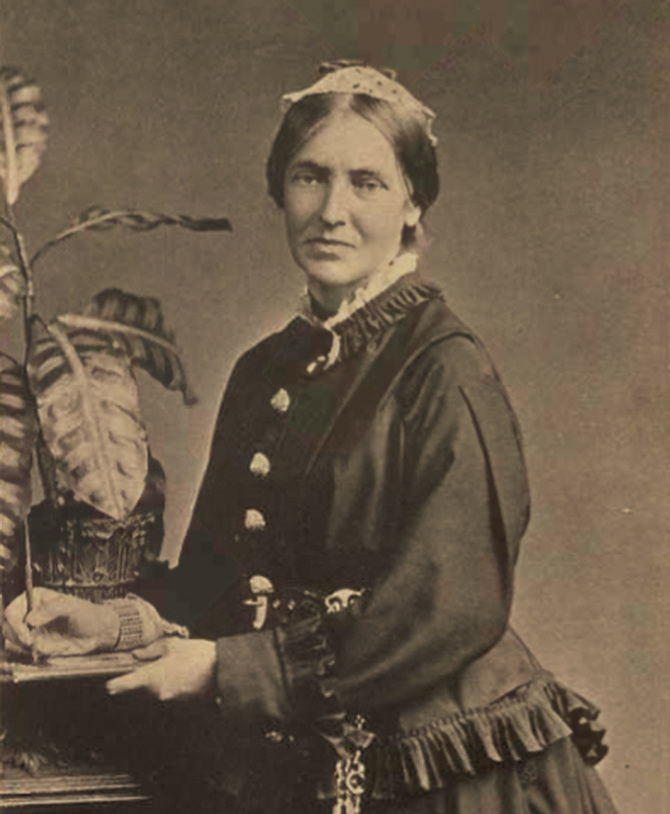
In case you didn’t know, flowers are for women. For a respectable Victorian Lady, flower painting was a very respectable hobby. What was not expected, is international voyages – lasting years at a time, all in order for said respectable Victorian Lady to paint the flowers, on location.
In the case of Marianne North, that meant traveling from 19th century England to paint in California, Chile, Burma, Java, New Zealand, Jamaica, and more – traveling to over 20 countries in total. From these travels Marianne documented a wide range of flora in over a thousand paintings. This episode we explore how her family wealth and connections facilitated this, and how with enough commitment – and money – she became a unconventional painter and botanist of the time.
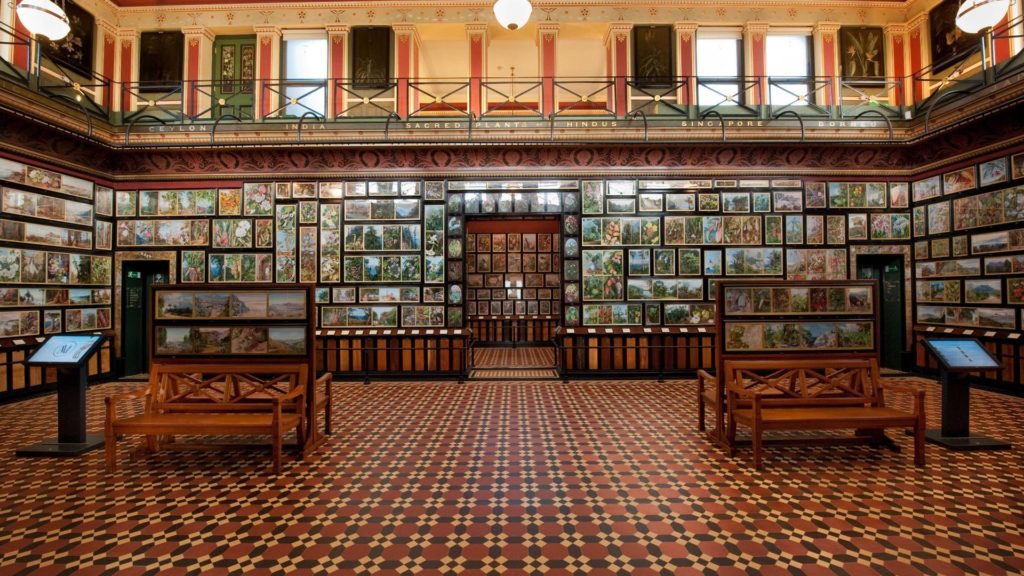
Selected Paintings
Selecting a few of Marianne’s work was tough – she was a very prolific artist. Below are just a few of the hundreds, more of which can be seen HERE
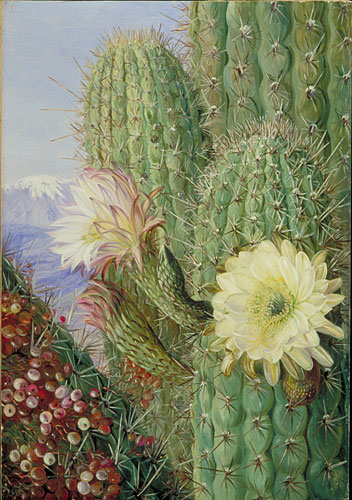
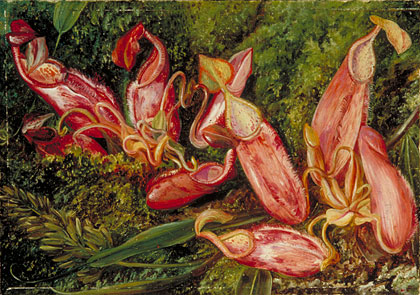
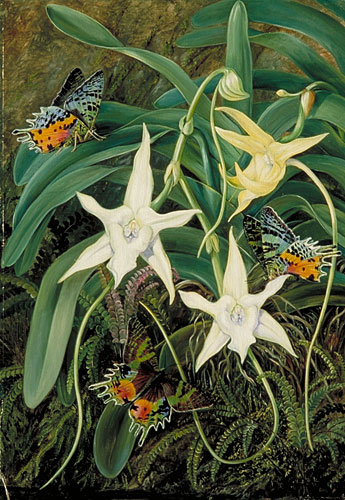
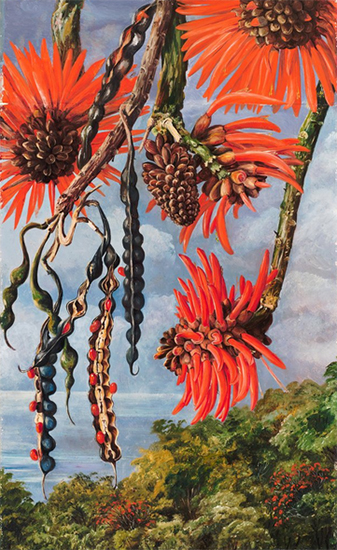
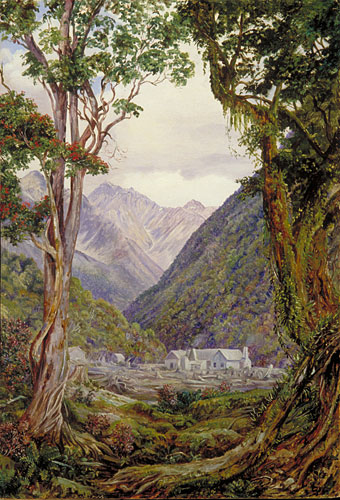

- Red Dwarf – Amazing British scifi/comedy sitcom about a group of misfits alone in space, originally airing in 1988. Watch it or be a smeghead
- Maria Sibylla Merian – 17th Century scientific illustrator and entomologist who we cover in episode 8
- Hastings, England – Coastal southwest English town where Marianne grew up
- Sir William Hooker – Family friend and first director of the Royal Botanic Gardens, now the Kew Gardens
- Kew Gardens – UNESCO site of over 800 acres in London, featuring the largest botanical and mycological collections in the world
- Palm House – Victorian glasshouse where the tropical plants are grown at the Kew, and where Marianne fell in love with the exotic flora
- Charles Darwin – Another family friend, and you know, the Charles Darwin
- Robert Hawker Dowling – Artist Marianne took classes from, learning how to work in oil paint
- Marianne North Gallery – The gallery Marianne created and paid for. Located in the Kew Gardens with over 800 paintings on display – hit up that donate button and we can sponsor a painting!
- Recollections of a Happy Life – The autobiography Marianne wrote in her last years of life, available online for free HERE
Patricia Bath

All hail the Queen of Sight! Patricia Bath, fierce opthamologist, was born in 1942 in New York City. From a very early age, Patricia excelled in the sciences. From being the editor of the science newspaper to getting her work included in a presentation at an international medical conference, sixteen-year-old Patricia was making waves.
Good news is that she never stopped.
Our woman was a doctor, an educator, an activist, an inventor, and a pioneer.

Patricia would find her way to medical school, starting several medical student organizations, and even coordinate volunteer work with her peers. Bath and her crew even found their way to Washington DC during the summer of 1968 to provide medical care to those living in the protest-founded Resurrection City.

Bath would zero in on those with vision impairment and blindness. Understanding that there were groups and individuals with very little knowledge of eyes, how they worked, how to take care of them, and where to go when they give you trouble: Bath started multiple organizations that would serve as community medicine resources for those in need.
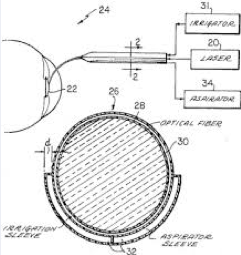
Bath would then go on to pioneer the way that eye surgery was performed, by creating a tool that would make the removal of cataracts much safer and way more precise. Our woman called in the LaserPhaco (above). The original model and predecessors earned at least 5 patents in 3 different countries.
We salute you, Dr. Patricia Bath. You literally revolutionized ophthalmological medicine.
Wiki’s list of rewards:
- 1999: Smithsonian Museum included her in their Innovative Lives Exhibition and Program
- 2001: American Medical Women’s Association induction into Hall of Fame
- 2011: American Academy of Ophthalmology induction into the Museum of Vision for contributions to Ophthalmology
- 2012: Tribeca Film Festival Disruptive Innovation Award
- 2013: Association of Black Women Physicians Lifetime Achievement Award for Ophthalmology Contributions
- 2014: Alpha Kappa Alpha Presidential Award for Health and medical Sciences
- 2014: Howard University Charter Day Award for Distinguished Achievement in Ophthalmology and Medicine
- 2017: Medscape one of 12 “Women Physicians who Changed the Course of American Medicine”
- 2017: Time Magazine “Firsts: Women Who Are Changing the World” for being the first to invent and demonstrate laserphaco cataract surgery
- 2017: Hunter College Hall of Fame induction
- 2018: New York Academy of Medicine John Stearns Medal for Distinguished Contributions in Clinical Practice, for invention of laserphaco cataract surgery
- 2018: Alliance for Aging research: Silver Innovator Award for contributions and research towards blindness prevention
As always, music by EeL
